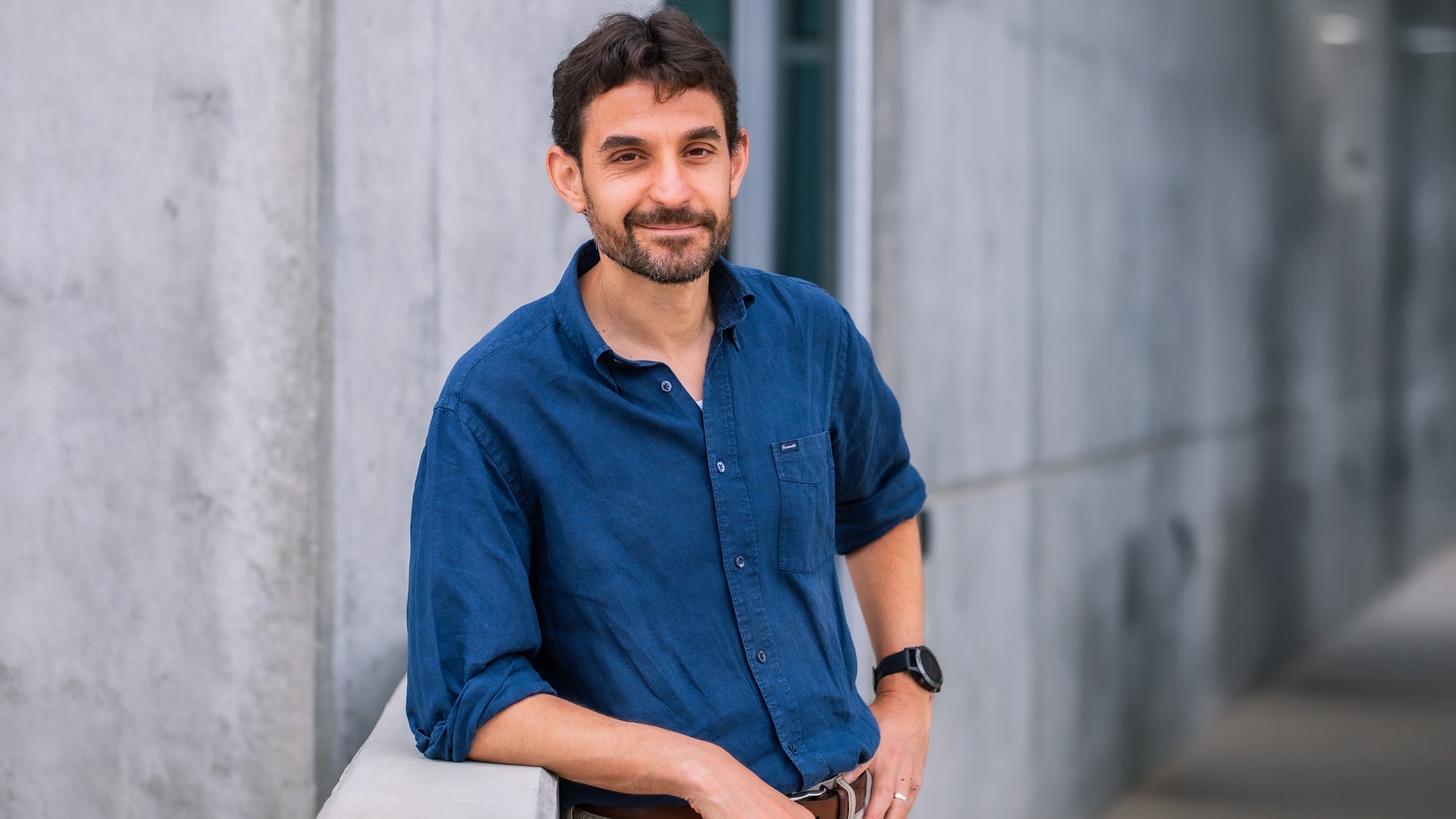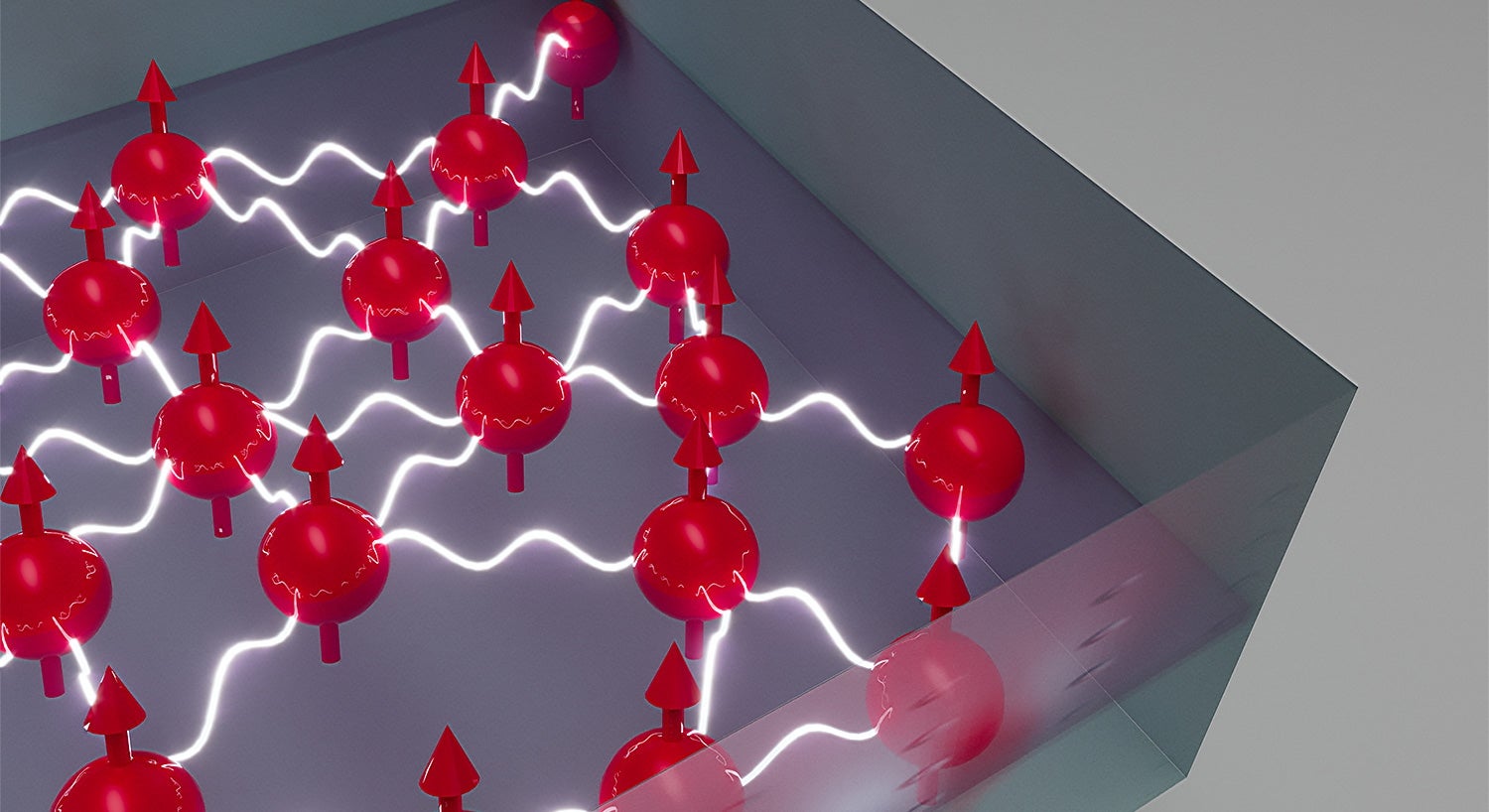Message in a Brain Scan

What does the 1960s Beatles hit “Girl” have in common with Astor Piazolla’s evocative tango composition “Libertango”?
To the casual listener, probably not much. But in the mind of one famously eclectic singer-songwriter, the two songs are highly similar. That’s one of the surprising findings of an unusual neuroscience study based on brain scans of the musician Sting.
Imaging analysis techniques recently developed by UC Santa Barbara neurologist Scott Grafton provided a window into the mind of this masterful musician and Police front man. These state-of the-art methods allowed Grafton and neuroscientist Daniel Levitin, a cognitive psychologist at McGill University, to make maps of how Sting’s brain organizes music. According to lead author Levitin, great musicianship lies in the ability to manipulate in one’s mind rich representations of the desired soundscape. The researchers’ findings appear in the journal Neurocase.
“Sting was asked to do three things while in the fMRI scanner: create music in his mind, listen to selected pieces and imagine songs,” said Grafton, a professor in the Department of Psychological & Brain Sciences. “The goal was to take someone who knows how to do these tasks really well and then see if there are any patterns in the brain that reflect those capabilities.”
The research stemmed from a serendipitous encounter several years ago. Sting, who had read Levitin’s book “This Is Your Brain on Music,” was set to play a concert in Montreal. His representatives contacted Levitin and asked if he might take a tour of the lab at McGill. Levitin — whose lab has hosted visits from many popular musicians over the years — readily agreed.
“I asked if he also wanted to have his brain scanned,” Levitin said. “And he said ‘yes.’” In a single session both functional and structural scans of Sting’s brain were completed.
The scientists employed two novel techniques to analyze the scans: multivoxel pattern analysis and representational dissimilarity analysis. The data, based on activations of brain regions, identified which songs Sting found similar to one another and which were different.
“At the heart of these methods is the ability to test if patterns of brain activity are more alike for two similar styles of music compared to different styles,” Grafton explained. “This approach has never before been considered in brain imaging experiments of music.”
Sting’s brain scan pointed to several connections between pieces of music, including “Libertango” and “Girl.” However, both are in minor keys and feature similar melodic motifs. Another example is Sting’s own “Moon Over Bourbon Street” and Booker T. and the MG’s “Green Onions.” Each is in the key of F minor, and each has the same tempo (132 beats per minute) and a swing rhythm.
In addition, Sting’s imagining and listening patterns for the same song were similar, with one exception — “Mack the Knife.” Levitin had played the 1959 Bobby Darin version while Sting had imagined the original song composed by Kurt Weil for “The Three Penny Opera” that premiered in Berlin in 1928. Darin’s rendition was jazzy while the original piece featured cabaret style.
Sting also was asked to imagine lyrics and melody separately and together. The scientists then used two controls, asking Sting first to imagine dictating a letter and then to imagine painting a picture. The letter visualization was akin to lyrics since it was linguistic and nonmusical. In addition, because Sting, who is a very visual composer, is also a painter, the investigators wondered if they might find a similarity between the two media.
“In terms of a pattern, the painting was totally off by itself,” Grafton said. “The dictation was a little bit like the lyrics, but the patterns produced by the lyrics and the actual melody were really tightly coupled.”
Grafton noted this research represents an approach that could offer insights into how other gifted individuals find connections between seemingly disparate thoughts or sounds. He noted that the methods introduced in this paper could be used to study how athletes organize their thoughts about body movements, how writers organize their thoughts about characters or how painters think about color, form and space.



